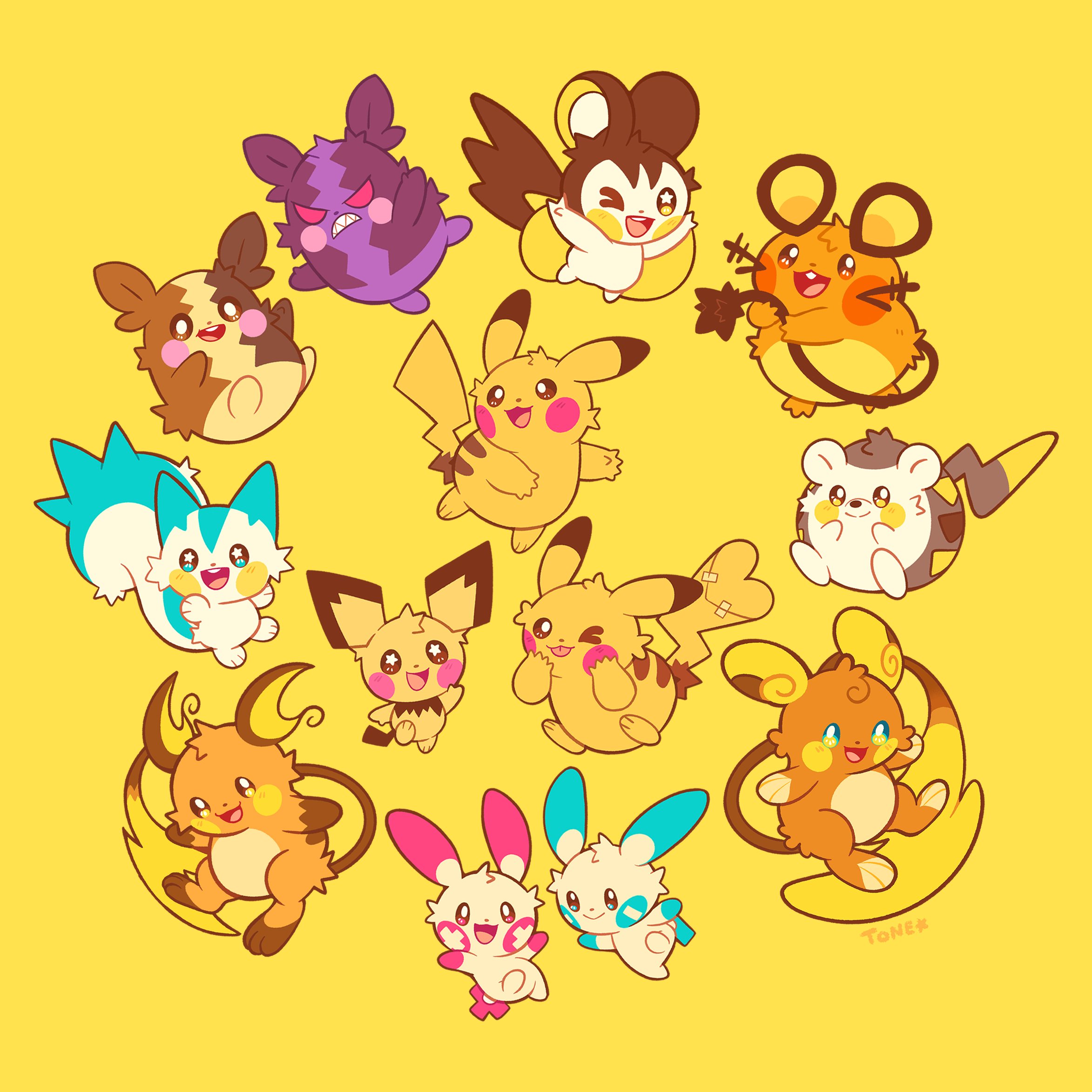Just realized I’ve seen the push multiple times to include alt text, but not guidance on how.
Is there an actual etiquette to follow or even a specific format for alt text? Or just a sentence describing the image and call it a day?
Is this a mute/deaf person giving a talk, or a talking/hearing person being incredibly based?
My assumption is the latter, which is awesome.
Given the username, I’d say that is the case: https://terptheatre.org/
"TerpTheatre is both a source of information about theatre interpreting and a tradition of theatre interpreters in the shadowed strategy. "
I found that even when you can see the image, alt-text often helps significantly with understanding it. e.g. by calling a character or place by name or saying what kind of action is being done.
Are there any blind people on Lemmy, screenreading this? I get why alt-text is useful functionally on things like application interfaces, and instructive or educational text, but do you actually enjoy hearing a screen reader say "A meme of four oanels. First panel. An image of a young man in a field. He is Anakin Skywalker as played by that guy who played Anakin Skywalker in the Star Wars prequels. He says ‘bla bla bla’. Next frame. An image of a young woman. She is Padme as played by Natalie Portman. She is smiling. She says “bla bla bla, right?”
the question is do you need at least one blind person to justify alt text or do you want the alt text to make it possible for blind people or people with impaired vision to enjoy if they ever stumble upon it?
This! I often hear certain restaurants don’t have ramps because disabled people don’t eat there. And we don’t because there’s no ramp.
I think they simply dont want to waste their time. Its a legitimate question, comes up with handicapped regulations on physical businesses too, although that usually costs money and time.
oh what an inconvenience… I wish I was blind so I didn’t have to spend 4 more minutes transcribing 20 words on a meme.
even if you think it’s a waste of time, I didn’t even comment on the validity of the question. I just gave them the actual consideration they should have.
oh and even if you completely ignore accessibility on that front, transcribing images makes them infinitely more searchable. no one knows what a title would be, people usually don’t put anything helpful or something you can remember. but if you know some of the words you might be able to find it.
it’s like finding songs by searching lyrics from a random part of the song you heard or remember. it would be so much harder if you had to know the title.
I recently learned a new way of understanding what “turning the other cheek” is. Rather than a passive acceptance of abuse, it’s like putting a mirror on the abuser and making them look like the villains (which they actually are). The post is very much alike.
The Cheek Slap in Jesus’ Day
In Jesus’ day, hitting a person on the cheek was a forceful insult, but it was not considered a violent assault. Here, Jesus is specifying a strike on the right cheek, which implies a back-handed slap. Striking someone with the back of the hand (3) could demand a doubled fine because it was “the severest public affront to a person’s dignity.” (4)
But Jesus is not suggesting that his followers should stand around and take abuse. First, turning the left cheek was a bold rejection of the insult itself. Second, it challenged the aggressor to repeat the offense, while requiring that they now strike with the palm of their hand, something done not to a lesser but to an equal. In other words, turning the other cheek strongly declares that the opposer holds no power for condescending shame because the victim’s honor is not dependent on human approval—it comes from somewhere else. (5) This kind of action reshapes the relationship, pushing the adversary to either back down or to treat them as an equal.
Source: https://bibleproject.com/articles/what-jesus-meant-turn-other-cheek-matthew-539/
What if the aggressor would also back-hand strike the second time, using his left hand now?




